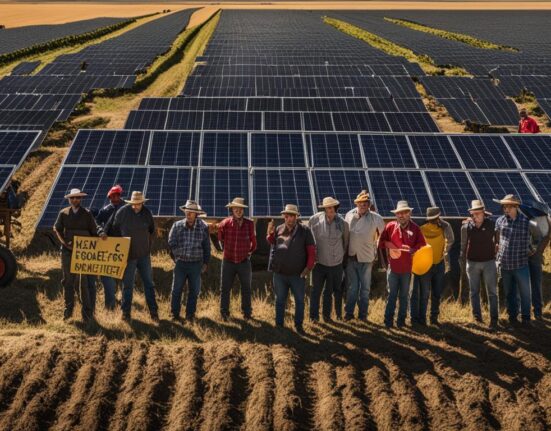Carbon capture and storage projects in Scotland and the Humber region are gaining momentum with significant backing from the UK government. The Acorn Project and Viking CCS are on track for further development, thanks to funding support confirmed during the spending review.
The UK government’s commitment to providing essential funding for these projects underscores its dedication to advancing environmental initiatives such as carbon capture, usage, and storage (CCUS). This move signifies a crucial step towards creating a more sustainable future by reducing carbon emissions from industrial activities.
“The investment in Acorn and Viking is a testament to pioneering work in CCS that will benefit British industries,”
stated Chancellor Rachel Reeves, highlighting the government’s support for these crucial initiatives.
The Acorn Project, based around the St Fergus gas terminal in Peterhead, aims to capture emissions from major industrial sources across Scotland. These facilities collectively emit a substantial amount of CO2 annually, making them key targets for emission reduction efforts.
“Acorn is an essential project that will play a significant role in cutting down Scotland’s industrial emissions,”
remarked industry experts. The project involves capturing CO2 emissions from various industrial sites before transporting them via pipelines to be stored beneath the North Sea permanently.
Similarly, the Viking CCS project in the Humber region is set to tackle high levels of CO2 emissions from local industries. Partnering with BP and other key players, Harbour Energy aims to capture and store millions of tonnes of CO2 annually by 2035 through this ambitious initiative.
“Viking has the potential to unlock substantial investments and create thousands of jobs during construction, offering economic benefits to the region,”
shared industry insiders. The project envisions transporting captured CO2 emissions for offshore storage after processing at designated terminals.
While these projects have garnered support from various stakeholders, some critics have raised concerns about their feasibility and cost-effectiveness. Despite skepticism surrounding CCS technology, regulatory bodies like the National Audit Office consider it a viable risk worth exploring given its environmental benefits.
In addition to reducing carbon footprints through storage initiatives like Acorn and Viking, there is growing interest in utilizing captured CO2 emissions for developing green fuels such as e-methanol and synthetic aviation fuel (SAF). This dual approach demonstrates innovative ways of addressing climate challenges while fostering sustainable energy solutions.
Looking ahead, developments in carbon capture technologies hold immense promise not just for reducing greenhouse gas emissions but also for creating new opportunities within the clean energy sector. With ongoing government support and industry collaboration, these projects pave the way for a greener future driven by innovation and sustainability.









Leave feedback about this